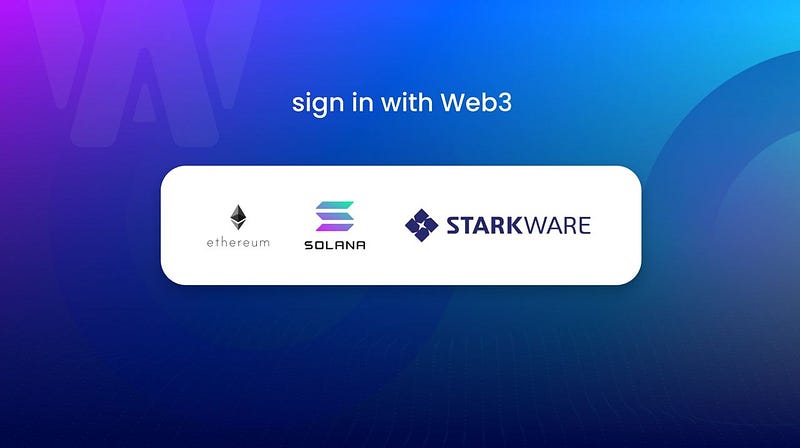In a much needed multi-chain extension to Sign-in with Ethereum, users will now be able to control their digital identity with their Ethereum/ENS, Solana, and Starknet accounts instead of relying on traditional/custodial profiles.
Importance of building a non-custodial future
In crypto, there is a saying that goes “Not your keys, not your crypto ‘’ exemplifying the importance of non-custodiality, — the need to shift the dynamic of ownership from entities to the end-user. The principle also extends beyond just the crypto you hold to your very identity itself. While traditional Web2 entities have done a tremendous job in making the user experience incredibly intuitive but that has also come at a cost — the cost of privacy.
There is excessive monetization of the users’ activity and their residing information on the web. Security compromises even among the biggest names in cybersecurity are increasingly common. As the average user is becoming more and more aware of these tradeoffs, the voice to safeguard their identity is growing louder by the day. We at Web3Auth firmly believe that non-custodiality is the future and we want to lead the way in making it happen.
Sign-in With Web3 — You Own Your Identity
Web3 has to a large extent cracked the code for the user privacy problem. The power of public and private keys, enabled by crypto technologies, allows users to own their username, and profile data, and use their accounts across different applications. This is the fundamental on which built Web3Auth was built — to leverage the power of threshold cryptography to shift the dynamic of power from entities to individuals. When the Ethereum Foundation announced Sign-in with Ethereum, it was not only an important(albeit silent) innovation for the internet, it was also a solid validation and acknowledgement of our core values.
Sign-in with Web3 adds on to that innovation with a powerful multi-chain twist. It extends that innovation to some of the biggest chain ecosystems. Starting today, users on the Ethereum, Solana, and Starknet chains can log in to any Web2 application using their web3 identities thereby bringing the security and privacy of Web3 authentication to Web2.
What Does Sign-in With Web3 Solve?
Today, there are multiple blockchain platforms and thus naturally, there arises a need to have a standard specification for authentication with Web3 identities. This led to the birth of CAIP-74 which allows for creating a chain-agnostic Object Capability (CACAO), based on a signing message as an IPLD object. Sign in with Web3 endeavours to maintain compatibility with CAIP-74, thereby adhering to a chain agnostic standard.
Supported Chains
Currently, Sign-in with Web3 supports
- Ethereum
- Solana
- Starknet
**Support for more chains coming soon.
Do check our documentation for a step by step guide on how to build a Sign-in with Web3 flow to navigate the authentication logic. Feel free to reach out to us in case you have questions on our Telegram Chat
Additionally, Web3Auth, the creator of Sign-in with Web3, offers a dedicated suite of authentication tools for all Web3 Developers. This includes support for OAuth and native biometric login using our Plug and Play SDK. You can also utilise one of the leading wallets in the Web3 ecosystem, i.e., the Torus Web3 Wallet.
Stay in touch with Web3Auth





